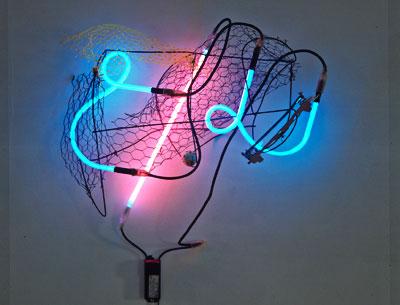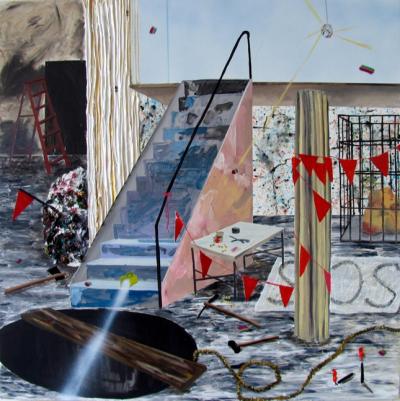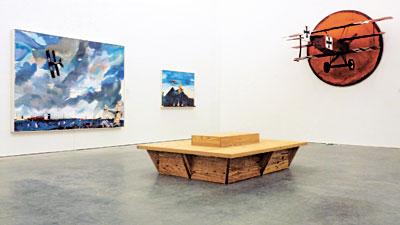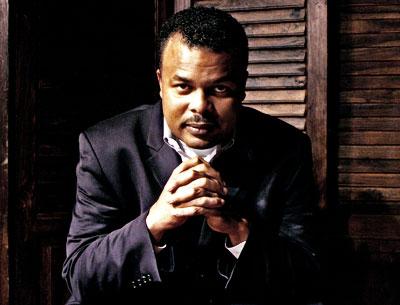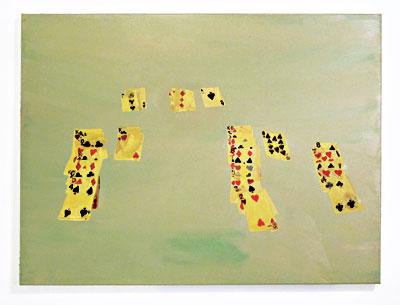Album Covers From the Heyday
Album Covers From the Heyday
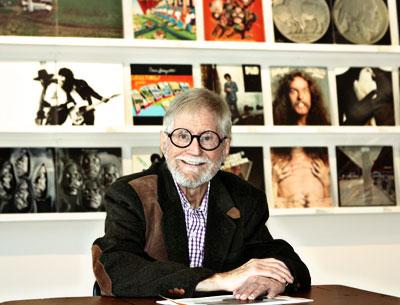
There is little if any dispute that the 1960s were a high-water mark for popular music. With the arrival of Bob Dylan and, in quick succession, the Beatles and the Rolling Stones to American ears, creativity exploded within the genre. No longer a collection of singles, the LP format became a sprawling canvas on which musical ideas within a song expanded dramatically, and individual songs could collectively form a larger theme.
At the same time, jazz was still a popular and evolving genre, with artists including Miles Davis and Thelonious Monk smashing through accepted forms and pushing their creativity into previously unexplored territory.
With this expansion of aural possibilities, the artwork on an album’s front and back covers also saw a dramatic evolution that toyed with convention. The 12-by-12-inch cardboard sleeve of an LP provided a generous canvas to visually convey the artist’s music and personality.
Fortunately for Columbia Records and the artists whose music it released, this era coincided with the arrival of John Berg. A 29-time Grammy nominee and winner of 4, he designed more than 5,000 record covers, mostly for Columbia Records.
A small portion of Mr. Berg’s astounding collection of iconic album covers — the audio content within isn’t so bad, either — is on display at Guild Hall through Jan. 6. On Saturday at 11 a.m., he will discuss the collection in Guild Hall’s Wasserstein Gallery.
“John Berg: Album Covers, 1961-1985” will delight fans of jazz and rock from the 1960s and ’70s. The album covers of the wildly eccentric Thelonious Monk and the young, enigmatic Bob Dylan each complement the music within, yet are in stark contrast with one another. Multiple album covers by Chicago display madly creative incorporation of the group’s distinct, Coca-Cola-inspired logo.
“I knew what I wanted to do all my life, there was never any doubt,” said the Brooklyn-born Mr. Berg, who is married to Durell Godfrey, a photographer for The Star. “Well, it was either that or a fighter pilot.” Fortunately, art won the day, and he graduated from Cooper Union in New York City. He worked for magazines including Esquire, and was later hired on the spot by Bob Cato, Columbia’s creative director. “He didn’t even look at my portfolio,” Mr. Berg recalled. “What he knew, I don’t know.” His first album cover was Andy Williams’s “Moon River.”
Bob Dylan’s “Blonde on Blonde” was a first in album design: The two-record set’s gatefold sleeve opens to depict a three-quarter length vertical photo of the artist. “The record would fall out on the floor when you opened it up. That was a big selling point,” Mr. Berg said. “Everybody wanted one, because they’d never seen that before.”
The daring cover to Thelonious Monk’s “Underground” depicts him as a French Underground resister, seated at a decrepit piano in a cluttered subterranean scene complete with Nazi imagery. The title, Mr. Berg said, referred to the small “underground” movement in jazz at the time. “I had this idea instantly, ‘underground’ — a lot of my work is done like that, words that pull the trigger on something. I convinced them to do the French Underground. I had just read a book about it, and they thought, ‘Why not?’ There was a lot of that.” Other times, he said, he would agonize over a cover.
Perhaps his best-known cover is Bruce Springsteen’s “Born to Run.” With the photographer Eric Meola, the musician himself came into his office, Mr. Berg recalled, with a stack of contact sheets. “Bruce showed me the picture he wanted, which I always describe as ‘John Updike.’ He looked like an author, one of those back-cover-of-his-book pictures. I asked him to leave the stuff with me and I would go through the contacts. There were about five shots like [the ‘Born to Run’ cover]. I took them up to management, got an okay that I could spend the extra money” — the gatefold sleeve costing more to produce — “then had to sell it to Bruce. The rest is history. It’s just charming, that’s the only word I can use.”
It was also fortunate that Mr. Berg’s time at Columbia overlapped with that of its legendary A&R man, John Hammond. “Think about his record,” Mr. Berg said. “Bessie Smith, Billie Holiday, Bob Dylan, Bruce Springsteen, Stevie Ray Vaughan.”
A conversation with Mr. Berg is like a walk through a vintage record store, albeit one overflowing with direct knowledge and experience of the creative works in it. Barbra Streisand, for example, “is smart! God, she’s smart. Ramsey Lewis is a really neat guy. Tony Bennett is fun, and he’s a good painter. Ted Nugent is totally out of his mind.”
The collection displayed at Guild Hall is stylistically all over the map, yet reveals a striking consistency: Each conveys a message that perfectly complements the sounds contained within. “That’s exactly the story,” Mr. Berg commented. “Selling stories, that’s all it is. And keeping the dirt out of the grooves.”

